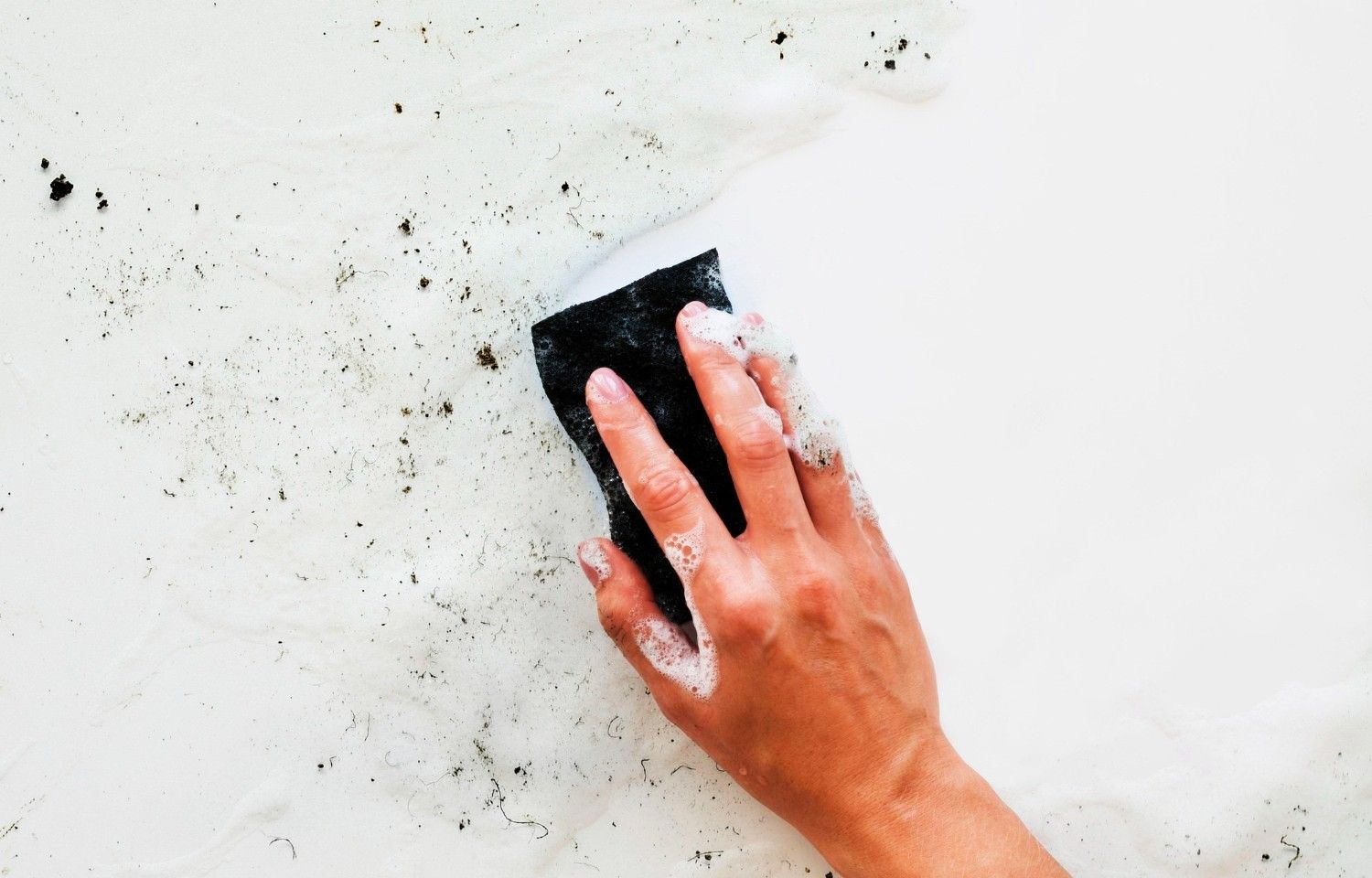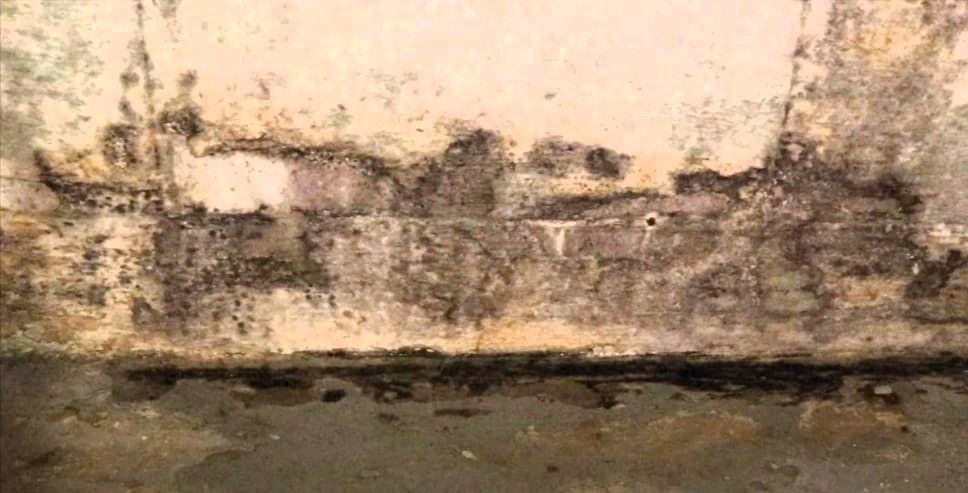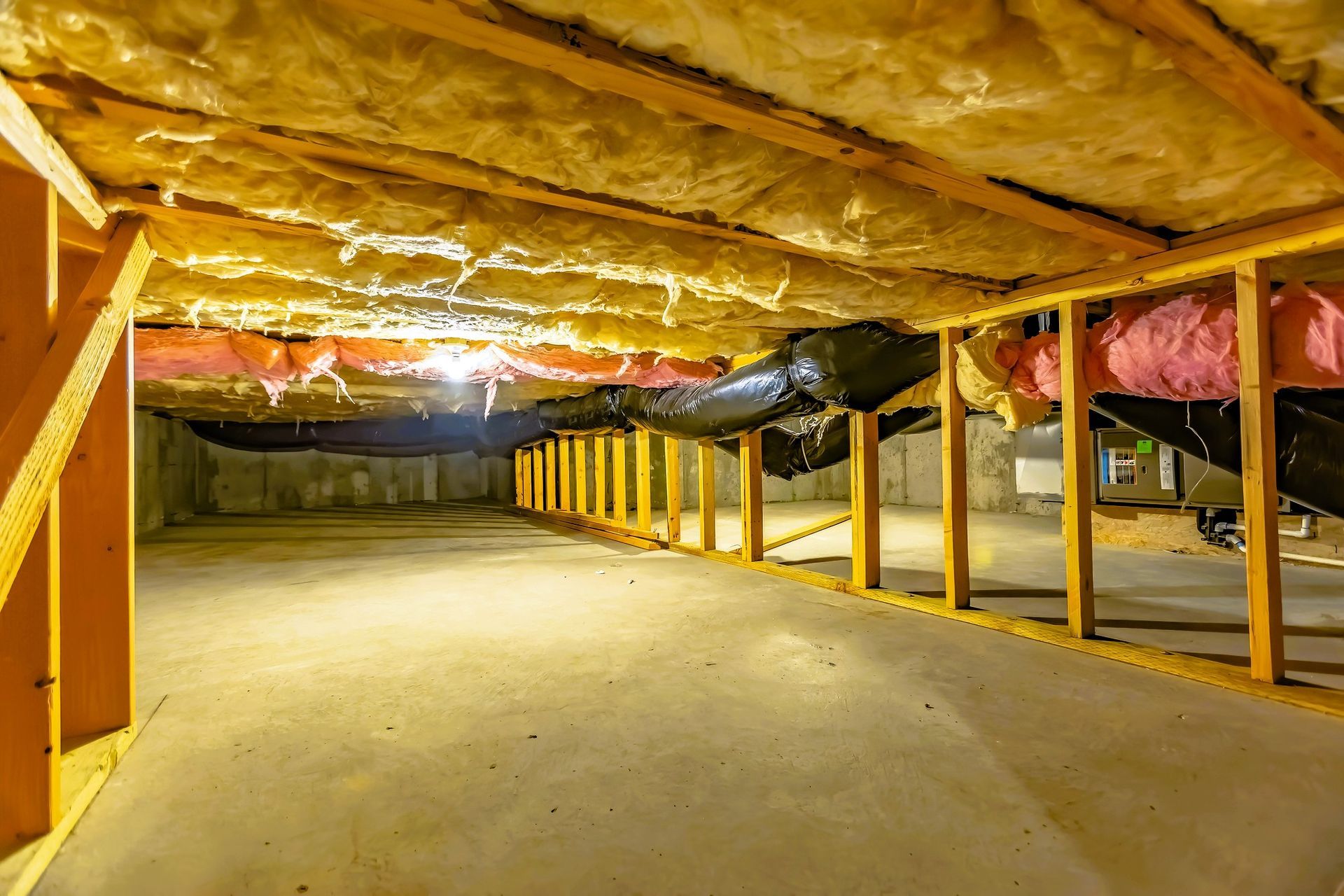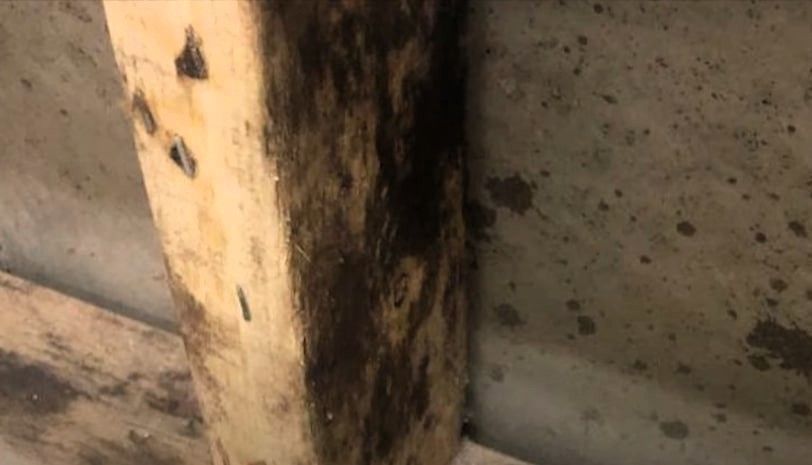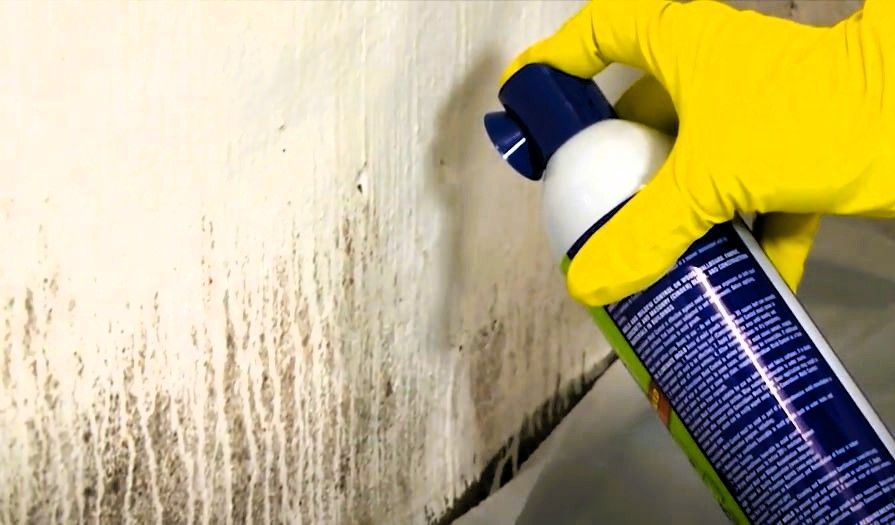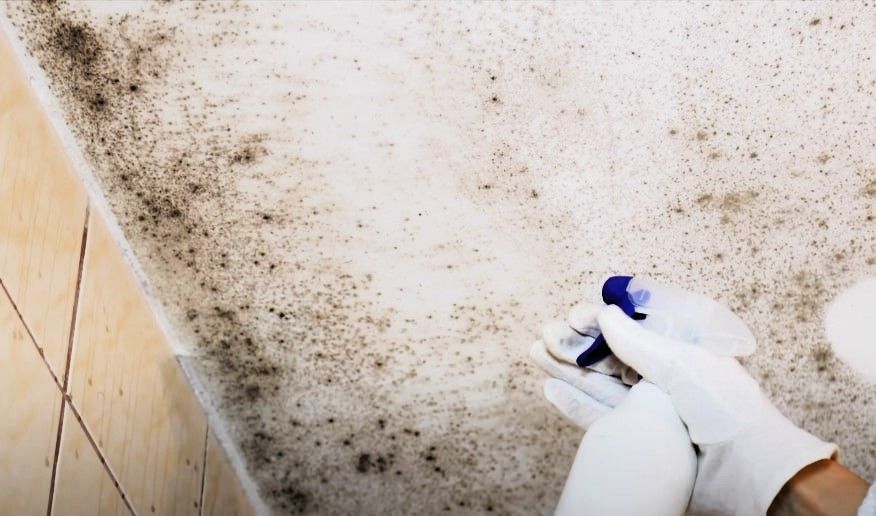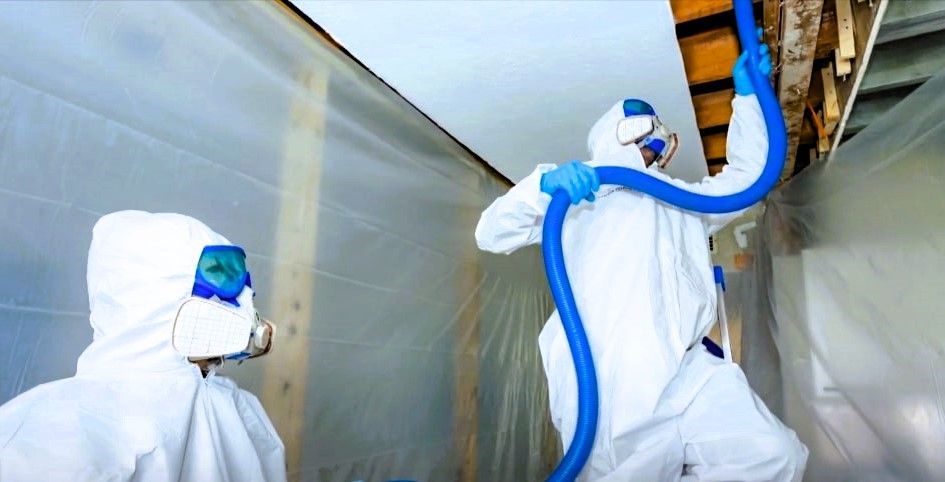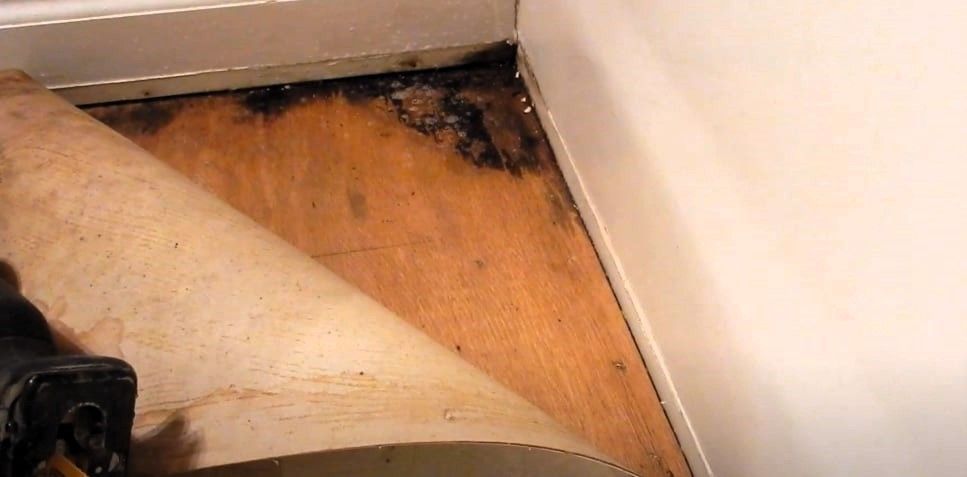Why Does Mold Keep Coming Back After Being Removed?
Understanding why mold keeps coming back and how to stop it for good
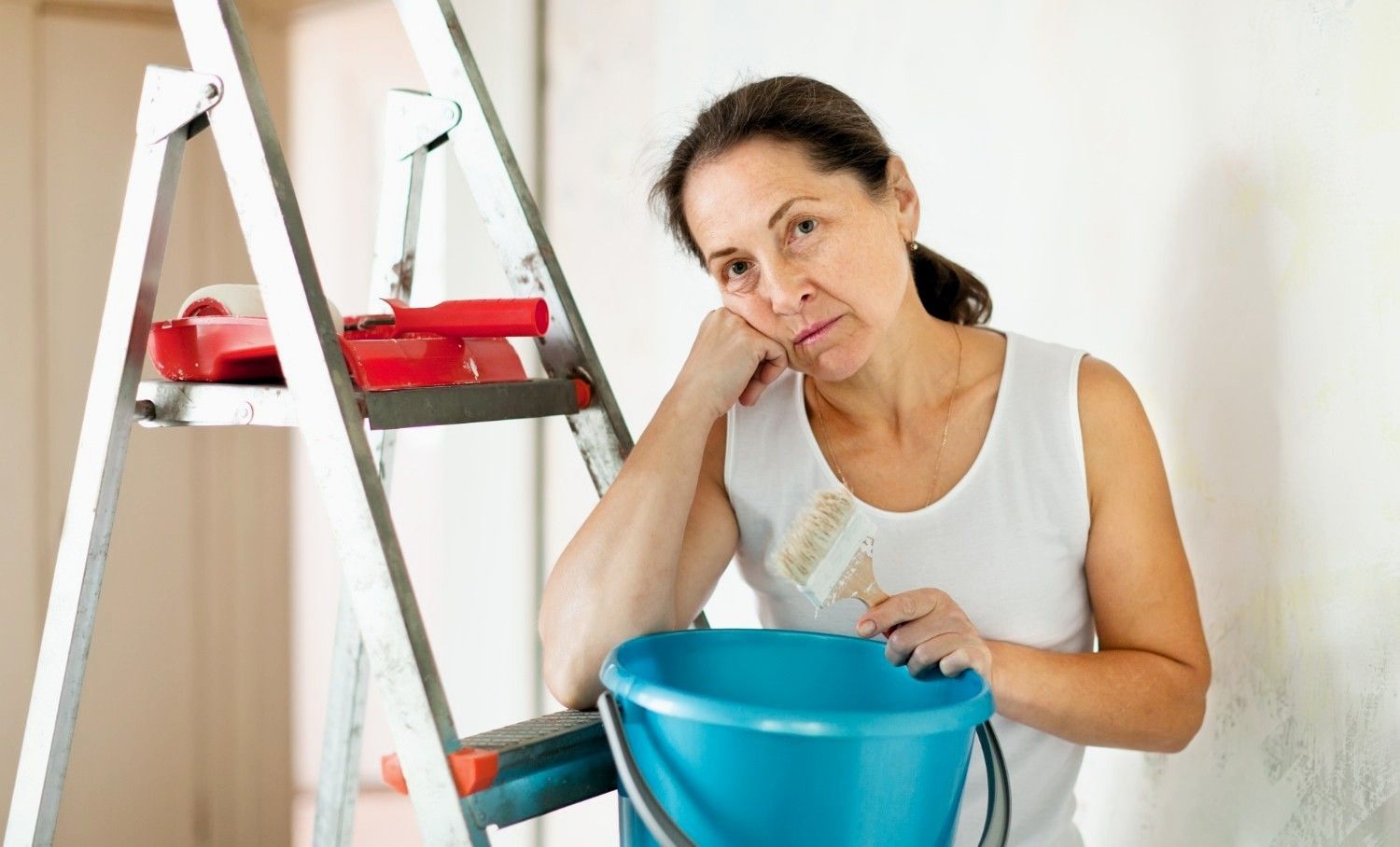
Mold. Just hearing that word can make any homeowner shudder. You clean every inch, spray away the nastiness, and scrub until your arms ache—only for the mold to come back like a bad house guest who just won’t leave. It’s beyond frustrating. And honestly, it’s not just annoying—it can affect your health too, causing things like allergies, asthma, or even respiratory issues.
If you're in Grand Rapids and you’re battling the mold monster, you're not alone. Let’s break down why mold keeps coming back and how to finally kick it to the curb for good.
The Mold Life Cycle: Why It Won’t Go Away
Before you can stop mold from making a return performance, it helps to understand how it keeps coming back in the first place. Mold is like that one friend who just won’t take the hint and leave. It’s got a lifecycle that ensures it sticks around and keeps coming back.
Stage 1: Hyphal Formation (The Sneaky Beginnings)
Mold begins as tiny, thread-like strands called hyphae. You can think of them as the roots of mold, feeding on things like dust, dead skin, and leftover food crumbs. When the environment is damp enough, these threads spread and grow, slowly building into a full-blown mold colony before you even notice.
Stage 2: Spore Production (Mold’s “Get More Mold” Plan)
When mold starts to grow, it sends out spores—tiny, invisible particles that float through the air, searching for their next home. These spores are drawn to warm, damp, and dark spots (think your basement or bathroom) and have a knack for finding the perfect place to settle and thrive.
Stage 3: Spores Everywhere (Mold Goes on the Move)
Spores are tiny, lightweight, and surprisingly clever. They travel through the air, latch onto your clothes, sneak in on your pets, and even ride the breeze from your HVAC system. Before you know it, that little patch of mold in the bathroom corner has turned into an uninvited guest throughout your whole house. Think of it as mold’s idea of a cross-country adventure.
Stage 4: Germination (And We’re Back to Square One)
When mold spores find a damp spot—like your bathroom or kitchen—they settle in and start growing all over again. Before you know it, the mold is back, just when you thought you’d finally gotten rid of it.
What Does Mold Really Need to Thrive?
Mold isn’t too picky. In fact, it’s surprisingly easygoing when it comes to making itself at home. Here’s all it takes for mold to settle in and start thriving:
- A Little Organic Matter - Mold is a tiny scavenger. It feeds on microscopic things like dust, food crumbs, and dead skin cells (yep, even yours and your pets’). It doesn’t need a huge mess to grow, just a few bits of organic material hanging around.
- Moisture - This is the big one. Mold loves moisture. It can start growing in as little as 24 to 48 hours if there’s enough dampness in the air. Bathrooms, kitchens, basements, and any area with humidity are prime real estate for mold.
- Poor Ventilation - When your home’s airflow is stagnant, moisture gets trapped. Whether it’s from cooking, hot showers, or just fluctuating temperatures, that moisture feeds mold. Mold loves it when air doesn’t circulate well—think closets, crawl spaces, or poorly ventilated rooms.
So, Why Does Mold Keep Coming Back?
You cleaned, you scrubbed, you did everything you could—so why is the mold back? Let’s break it down:
Leaky Pipes and Poor Ventilation
Hidden leaks and stuffy rooms are a recipe for mold to keep popping up. Leaky pipes create a constant source of moisture, and without good airflow, that dampness just lingers—giving mold the perfect spot to settle in and grow all over again.
Not Throwing Out Contaminated Stuff
A lot of people think they can just scrub things like carpets, clothes, or furniture, and that’s enough. Unfortunately, those materials can hold on to mold spores, and once they get a bit of moisture, the mold starts growing all over again.
Mold-Resistant Paint (Isn’t the Magic Fix)
Mold-resistant paint might seem like a great fix, but it’s more of a temporary cover-up. If there’s mold underneath, the spores will keep growing, and sooner or later, they’ll push through the paint, leaving you back at square one.
Bleach Isn’t the Ultimate Solution
When mold shows up, a lot of homeowners grab bleach to tackle the problem. But here’s the thing—bleach only takes care of the surface. Those pesky spores hiding in the deeper layers? They’re still there. And to make matters worse, bleach can leave behind moisture, which is basically mold’s favorite thing.
Get Rid of Mold for Good
Mold isn’t just something you can wipe away—it’s a sign of a deeper problem. To really get rid of it, you need to figure out what’s causing it and make sure it doesn’t come back.
Dealing with mold in your Grand Rapids home? Don’t put it off any longer. At Grand Rapids Mold Relief, we dig deep to uncover the source of the problem and provide real solutions that last—we’re not about quick fixes. Your home should feel safe and healthy, and we’re here to make that happen.
Give us a call today for a detailed mold inspection and expert removal. Let’s get your home back to feeling like home—and keep it that way!

